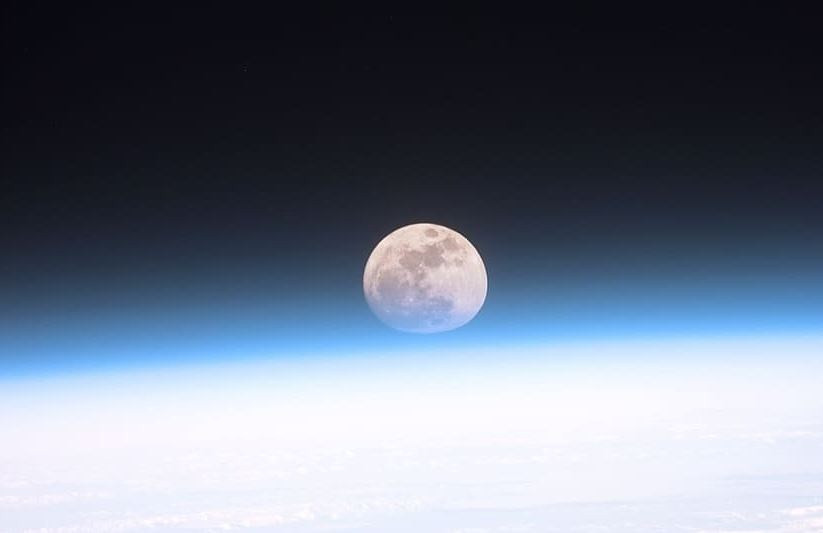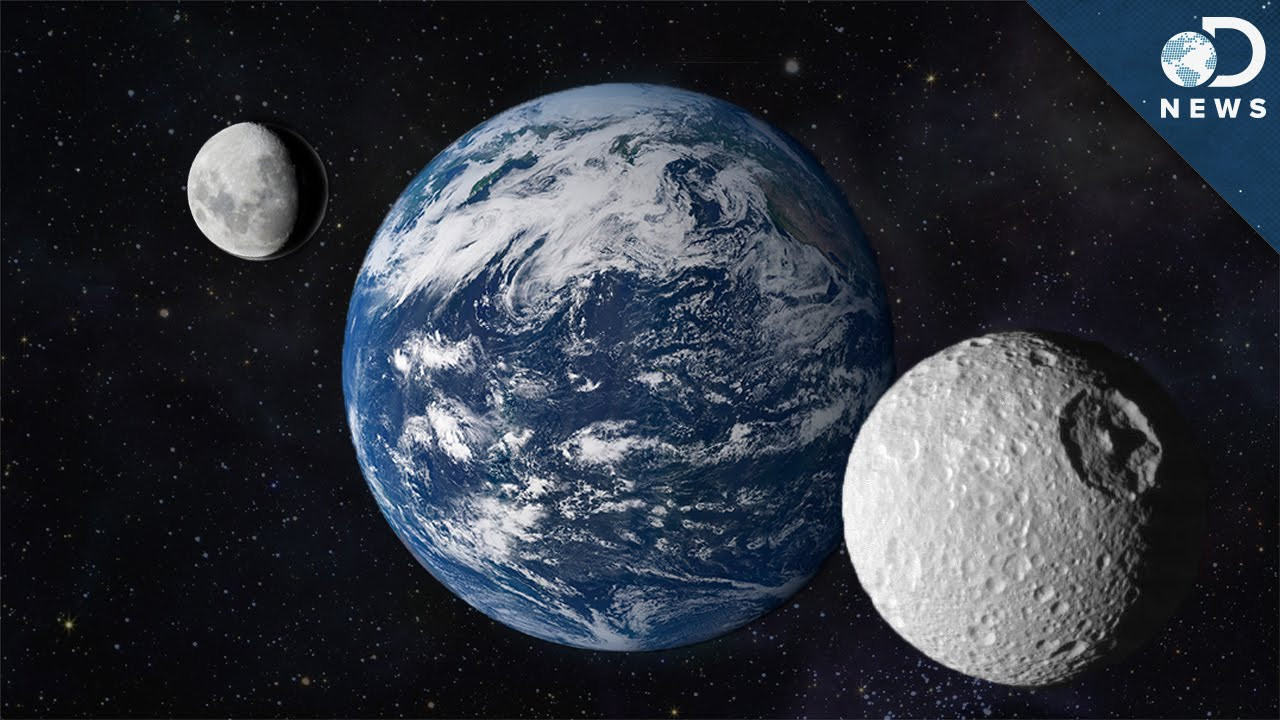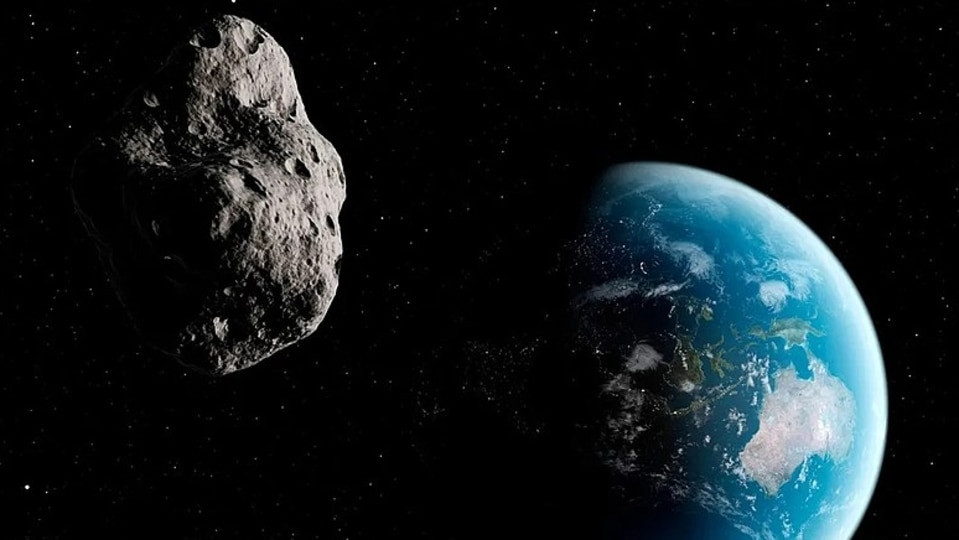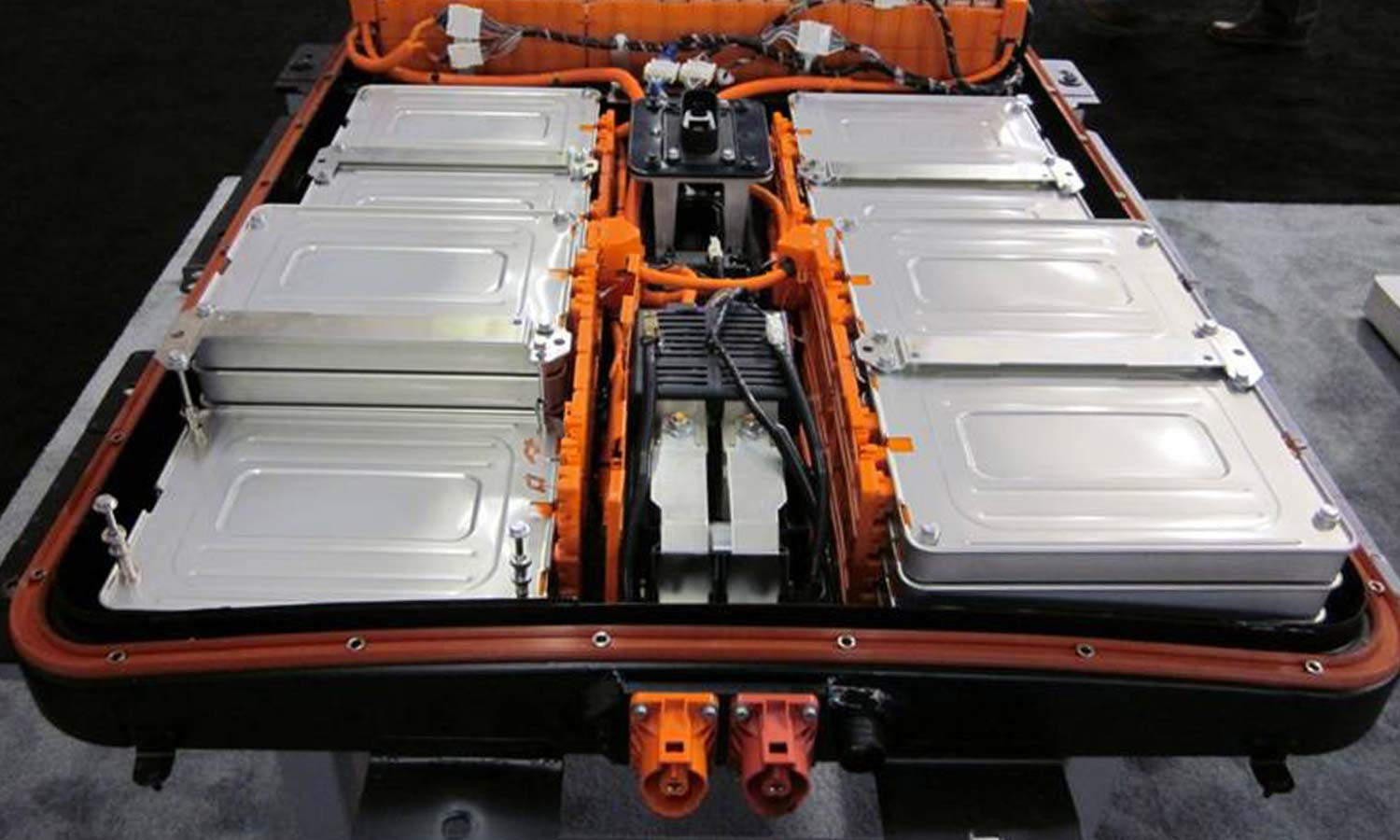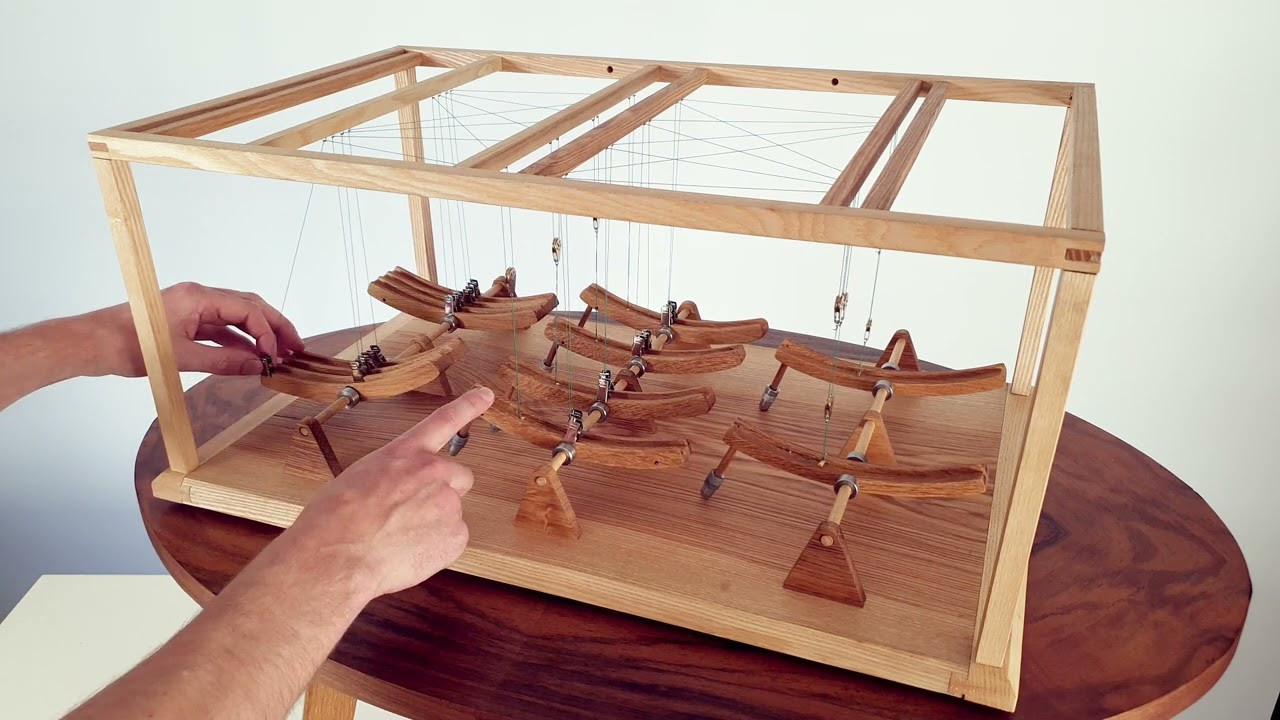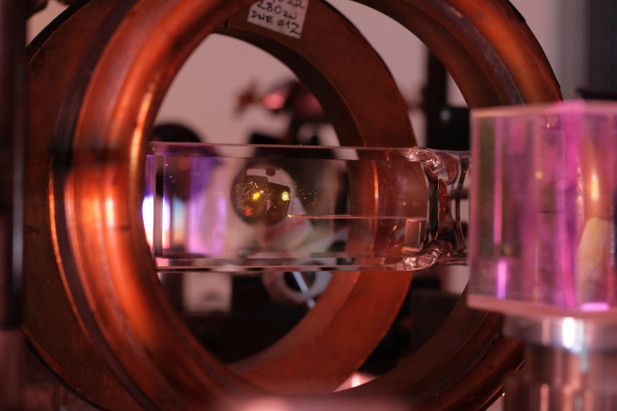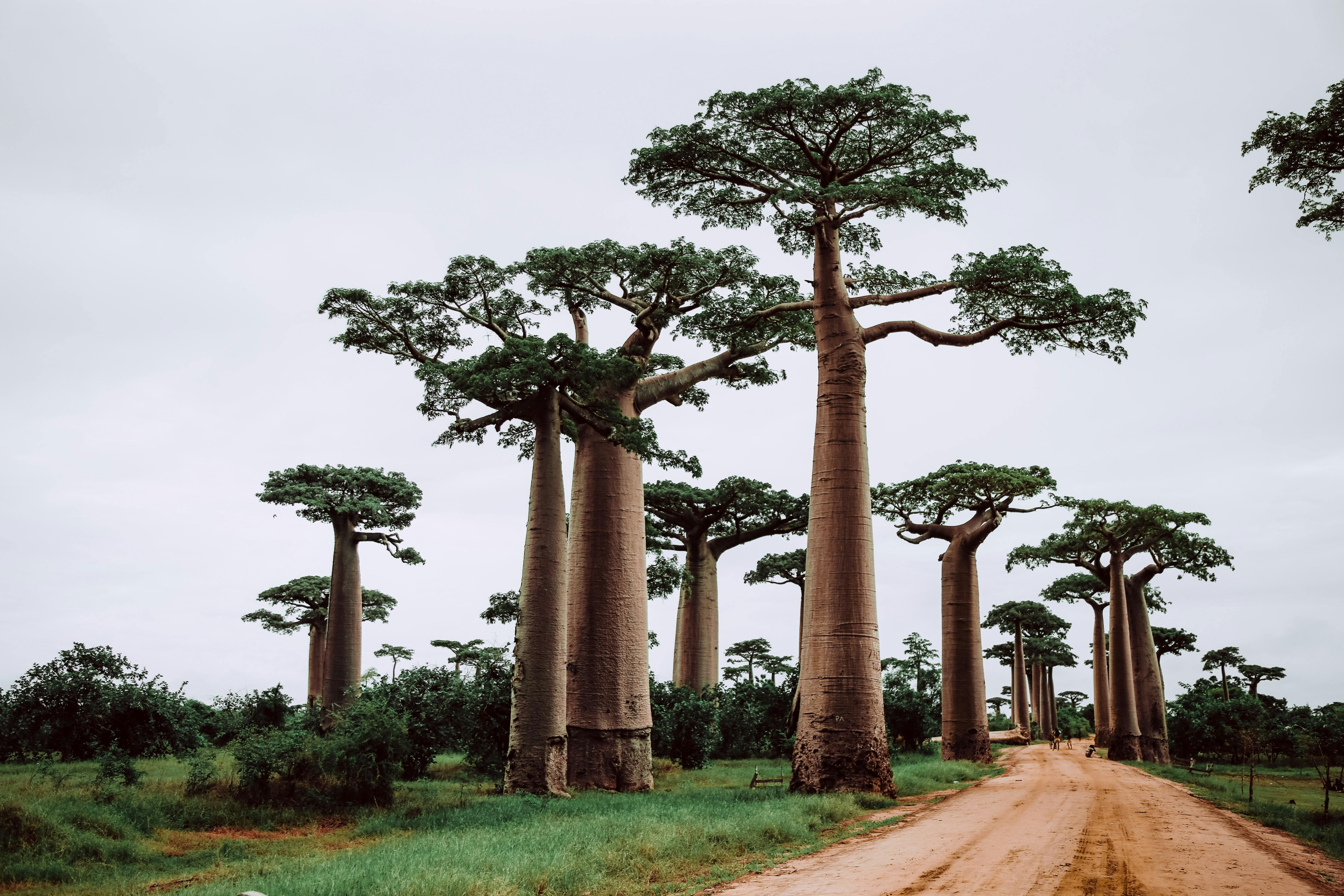This autumn, for a limited time, Earth will be getting a second moon.
According to a study published this week, an asteroid roughly the length of a city bus will be captured by Earth’s gravitational pull and orbit our planet for about two months, becoming a “mini moon”.
It will spend time with Earth from 29 September until 25 November before returning to its home, an asteroid belt revolving around the sun.
Earth's Second Moon
He explained that some of the asteroids in the Arjuna belt can approach relatively close to Earth, about 2.8m miles (4.5m km) away.
If they’re also going relatively slowly for asteroids – at velocities of around 2,200mph (3,540km/h) – then their paths become more strongly affected by the Earth’s gravity than usual.
He added that it would not follow a full orbit around the Earth.
What Happens When an Asteroid Becomes a Mini-Moon?
The asteroid was discovered on 7 August by the Asteroid Terrestrial-Impact Last Alert System (Atlas), a Nasa-funded program.
It measures about 10 meters long, which is tiny compared with the Earth’s moon, with has a diameter of about 3,474km.
The object will be “too small and dim for typical amateur telescopes and binoculars”, Marcos added. “However, the object is well within the brightness range of typical telescopes used by professional astronomers.”
Mini-Moons: A Common Phenomenon?
The scientists added that they believe the asteroid mini moon will return to Earth’s orbit again in 2055.
This is not the first mini moon the Earth has had. The researchers wrote in their paper that two mini moon events occurred in 1981 and in 2022.
Why This Celestial Event Is Unique
Mini-moon events come in two flavors. The first are long episodes during which the asteroid completes one or more revolutions about our planet, with these gravitational engagements lasting one or more years. The second type of episodes are short engagements in which the small body does not complete one full revolution. These temporary captures can last just days, weeks or even a few months.
Marcos explained that in order to become a mini-moon, an incoming body has to approach Earth at a close range of around 2.8 million miles (4.5 million km) and slowly at about 2,200 mph (3,540 km/h).
“Under these conditions, the geocentric energy can become negative, and the object becomes temporarily bound to Earth,” he continued. “So far, science has only identified two objects subjected to long captures, 2006 RH120 and 2020 CD3. There are three examples published of short captures: 1991 VG, 2022 NX1, and 2024 PT5. But there are several others unpublished.”
Short mini-moon events like this forthcoming one, in which the small body (in this case an asteroid) acquires negative geocentric energy for weeks or a few months, are relatively frequent, with several events happening per decade. Long capture episodes, on the other hand, are rare, with Earth experiencing one around every ten or twenty years.
The cause of the ejection of these objects from around Earth are gravitational disturbances caused by the sun. Once 2024 PT5 has fulfilled its role as a mini-moon, it will return to a sun-centered orbit, remaining part of the Arjuna asteroid belt.
A Window Shopping Satellite
The Impact on Our Planet
While the average person may not see a second moon every day, this isn’t the only time the Earth’s moon has had a companion.
“Earth can regularly capture asteroids from the Near-Earth object (NEO) population and pull them into orbit, making them mini-moons,” the study said. In 1981 and 2022, researchers said, a flyby called 2022 NX1 was another short-lived mini-moon.
Unfortunately, it will be difficult to see 2024 PT5 in the night sky, as it isn’t big enough.
“The object is too small and dim for typical amateur telescopes and binoculars,” Carlos de la Fuente Marcos, lead author of the AAS study, told Space.com. “However, the object is well within the brightness range of typical telescopes used by professional astronomers.”




